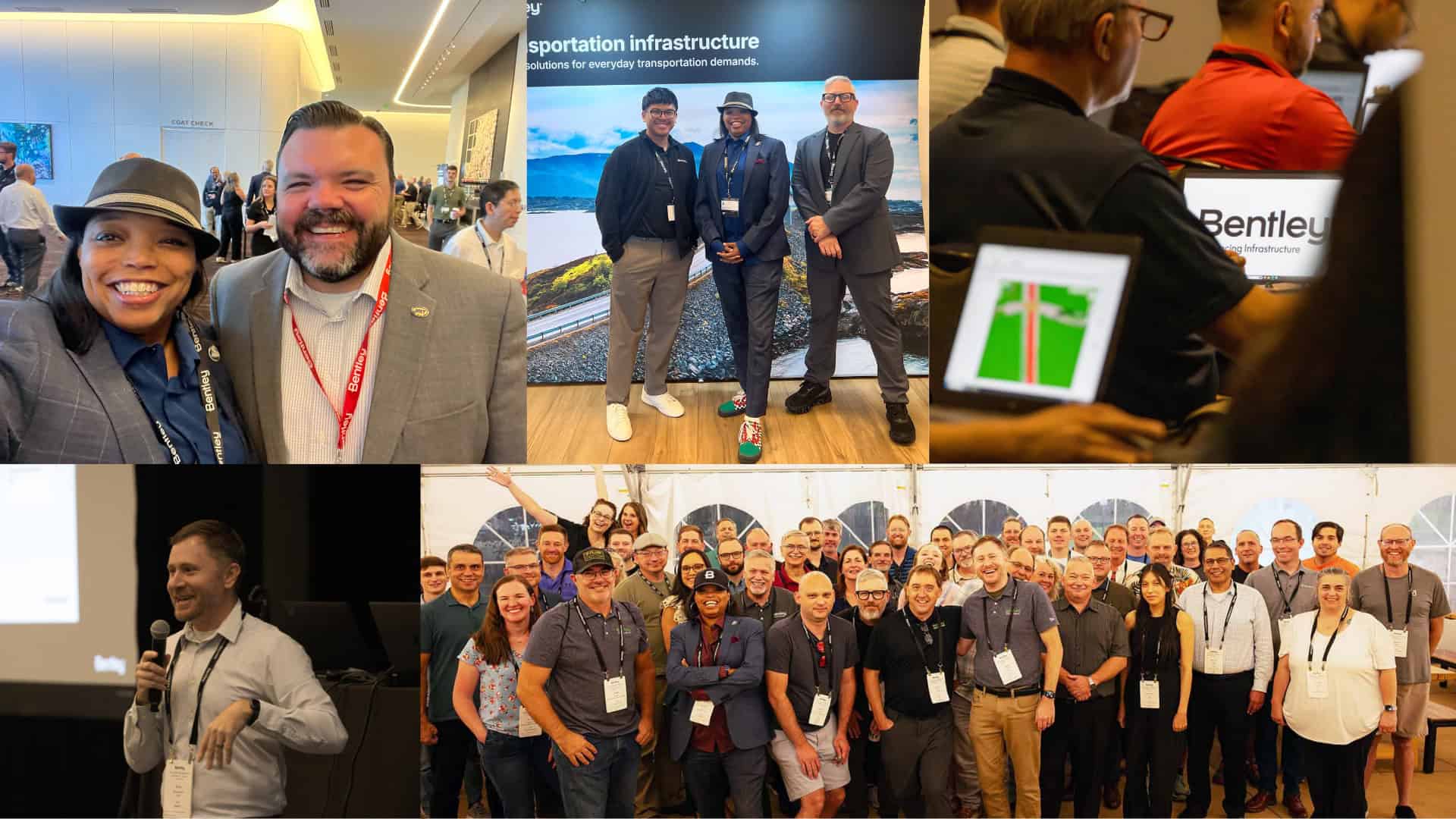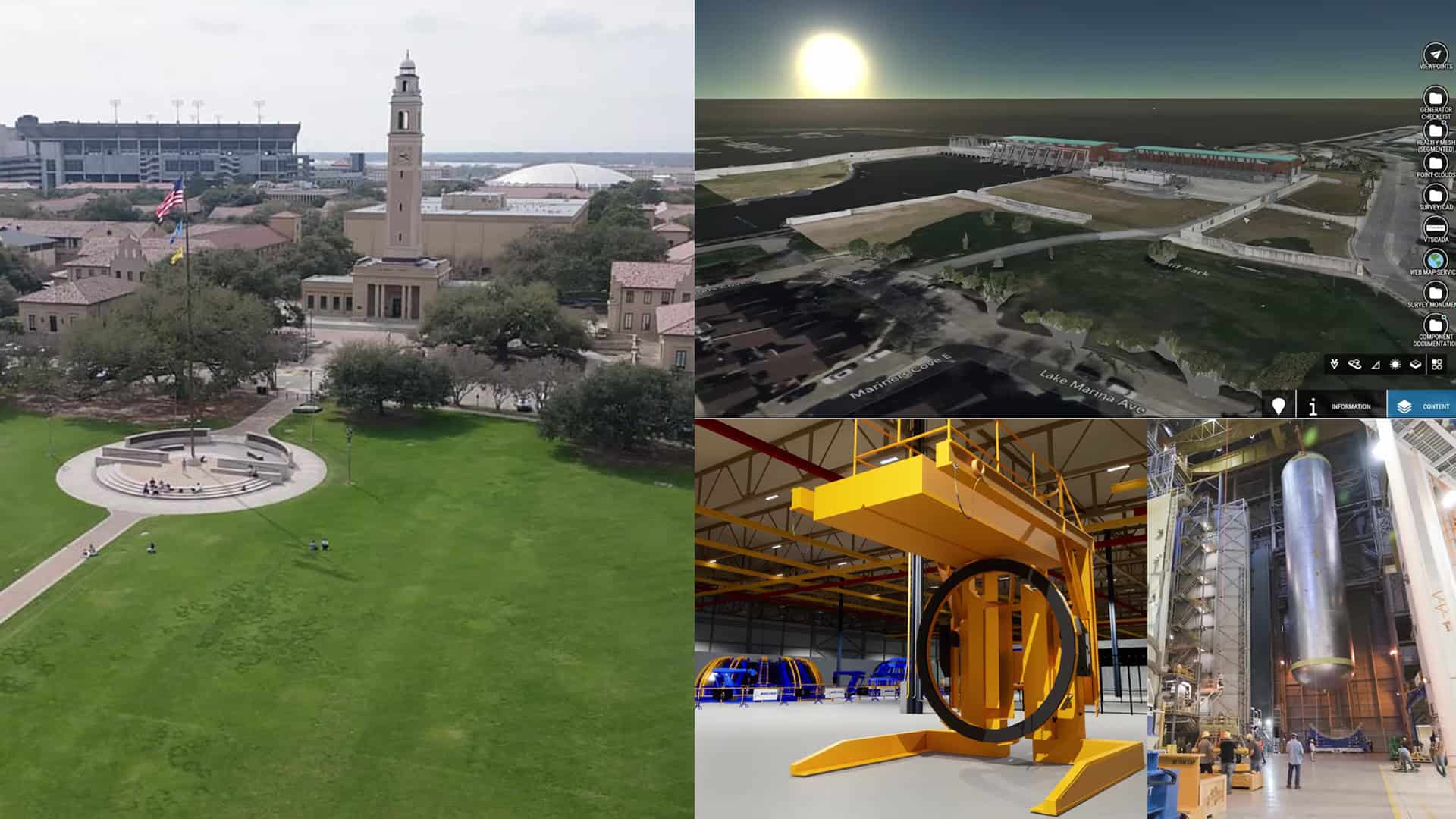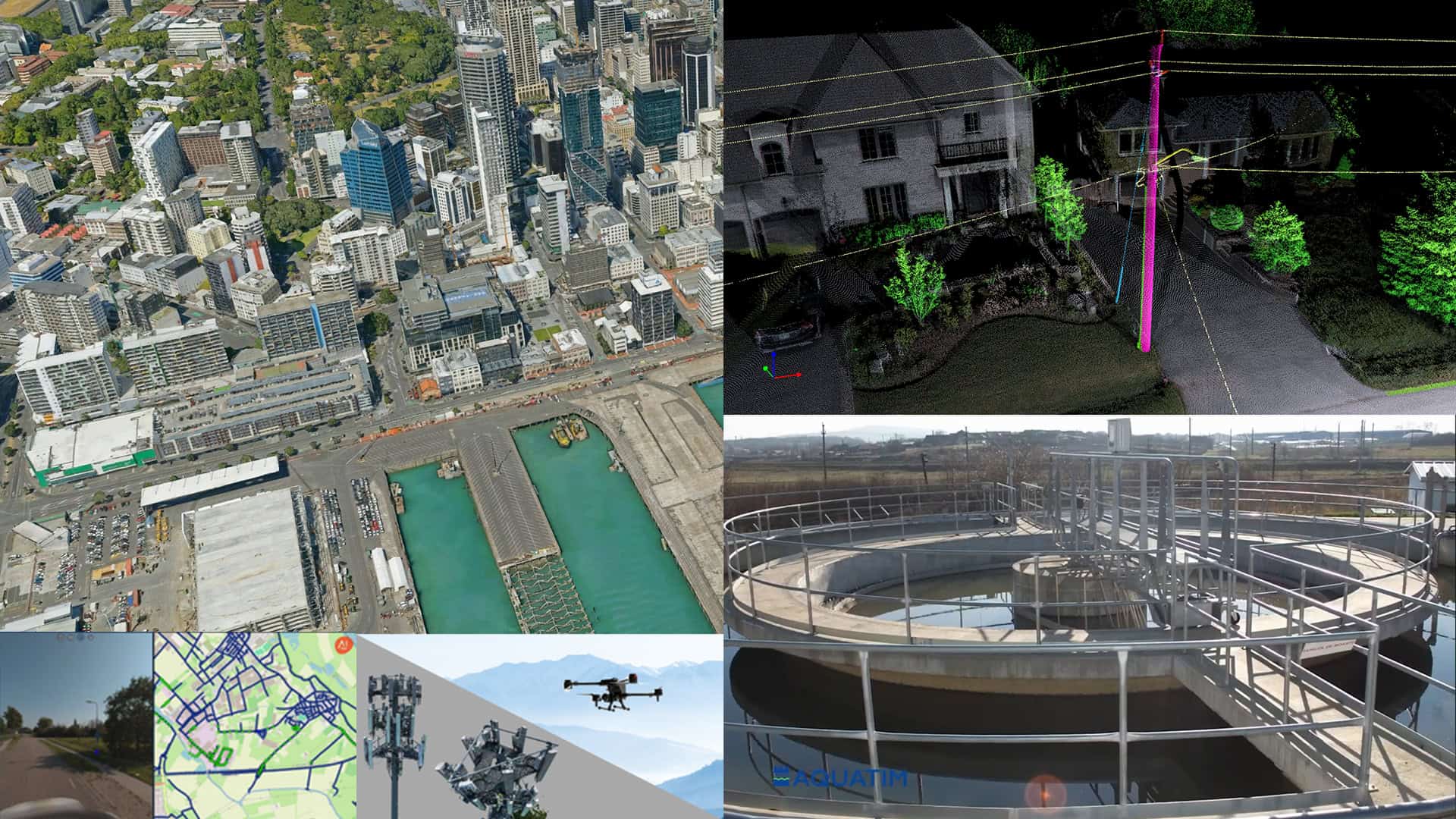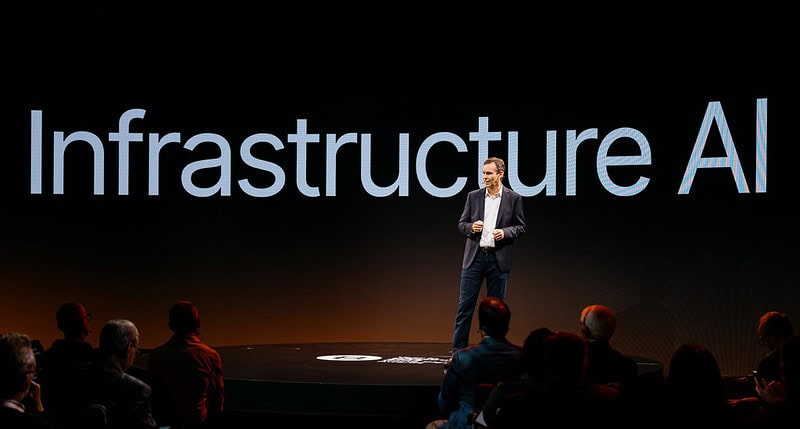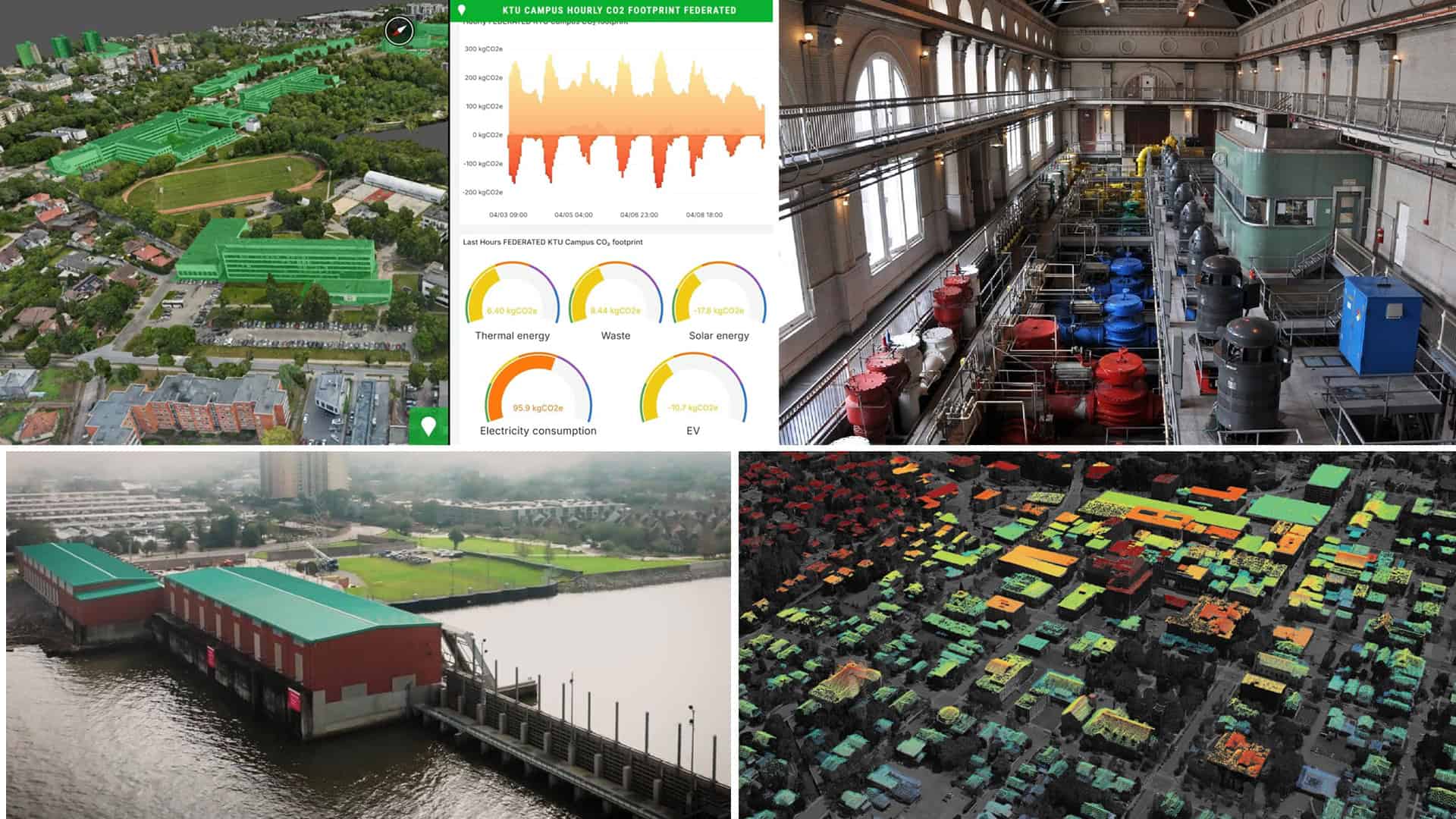Nothing is certain except death and taxes, the cliché goes. But even taxes come with surprises—like the cost of crumbling infrastructure.
“When we fail to invest in infrastructure, that’s a hidden tax we pay today,” said Tom Smith, executive director of the American Society of Civil Engineers (ASCE). “Instead of paying a real tax that would produce something, we’re paying in response to infrastructure that is non-performing.” Smith estimates this hidden tax costs each American family around $2,000 a year—and could increase to $2,700 “if we fail to continue the Infrastructure Investment and Jobs Act investments that we have today.”
Smith spoke at the recent Transforming Infrastructure Performance (TIP) forum in New York City, a global gathering seeking to “bring together the best minds in infrastructure.” Attendees included Maryland Lt. Gov. Aruna Miller, who spoke about the effort to rebuild the Francis Scott Key Bridge in Baltimore; Uzoamaka N. Okoye, chief of staff for the New Terminal One at JFK airport, who discussed the complexities and challenges of building a brand-new terminal at one of the world’s busiest airports while keeping flights running; and Tom Curtin, senior policy advisor at the investment firm Meridiam, who talked about funding sustainable and resilient infrastructure projects in the U.S. and around the world.
 Maryland Lt. Gov. Aruna Miller spoke with Anthony Oliver on The Infrastructure Podcast about efforts to rebuild Baltimore’s Francis Scott Key Bridge.
Maryland Lt. Gov. Aruna Miller spoke with Anthony Oliver on The Infrastructure Podcast about efforts to rebuild Baltimore’s Francis Scott Key Bridge.“The U.S. is improving its infrastructure, but challenges remain,” summarized Rory Linehan, director for infrastructure policy advancement at Bentley Systems, the global infrastructure engineering software company that organized the forum. “We’ll overcome them by keeping communities at the heart of every project and through innovation like digital technologies, AI, and digital twins.”
Ross Van Dongen, chief of infrastructure and workforce development at United for Infrastructure, said we need forums like TIP to highlight innovation, because the only time people talk about infrastructure “is when it’s not working. We need to tell people that orange cones indicate that we’re building a future that will make everything more seamless.”
Miller set the tone early in the day, when she used her session to record an episode of The Infrastructure Podcast with journalist Anthony Oliver. Speaking about innovation, the lieutenant governor said “one of the misconceptions about engineering is that it’s not a very creative field.” Miller was speaking from experience—she has a degree in civil engineering. She said both engineering and public service are trying to meet the needs of the community and come up with solutions. “Engineers may do it a little differently, and policy makers do it by passing laws that really change lives for the better of people, but both of them have the same focus,” Miller said. “Infrastructure is about people; it’s not about concrete and steel.”
Still, she told Oliver that new technologies were changing infrastructure and that artificial intelligence (AI), for example, could play a big role in sequencing construction tasks.
 Aerial view of Terminal 5 at John F. Kennedy International Airport.
Aerial view of Terminal 5 at John F. Kennedy International Airport.For the JFK airport project, making sure that the right construction steps take place in the right order is very much on Okoye’s mind. “We’re in between two operating terminals, so there’s a lot of logistics and planning that has had to happen,” she said, starting with tasks like getting 2,100 workers to the construction site. Speaking to Bentley after her panel about JFK’s New Terminal One, she said her teams are using software to manage scheduling and logistics. “We have an entire model that shows where you’re building, what you’re building,” she said. The site is also being continuously recorded on video, and the team can do split-screen comparisons between reality and the model. “One of the things I love to see is to have them side by side,” she said.
Jamie Torres-Springer, president of the Metropolitan Transportation Authority’s Construction and Development division, is also relying on digital technology to maintain New York City’s transportation network, which moves some 5 million riders every weekday. Consider that the city’s subway system, which operates around the clock, has some 665 miles of track and 472 stations. His division is using technology to consolidate its systems. “We’re putting a backbone in place that we can use as a project management information system and then plugging in the different modules that we need to manage,” he said. “While we’re doing that, we’re bringing lots of dashboards together. BIM and digital twins for projects becomes a very important element of that.”
 Bentley’s Senior Director of Infrastructure Policy Advancement Mark Coates moderates a panel discussion with David Gilford, Head of Policy, Sidewalk Infrastructure Partners, Tom Curtin, Senior Policy Advisor, Meridiam, Quemuel Arroyo, Chief Accessibility Officer, MTA, and Elie Dagher, Executive Vice President, Infrastructure & Capital Projects, Accenture.
Bentley’s Senior Director of Infrastructure Policy Advancement Mark Coates moderates a panel discussion with David Gilford, Head of Policy, Sidewalk Infrastructure Partners, Tom Curtin, Senior Policy Advisor, Meridiam, Quemuel Arroyo, Chief Accessibility Officer, MTA, and Elie Dagher, Executive Vice President, Infrastructure & Capital Projects, Accenture.Using digital technology to see the big picture is top of mind for people financing infrastructure projects, like Curtin, the senior policy advisor at Meridiam. “We think in generations,” Curtin said. “On time and on budget is important, but what we’re investing in has to stand the test of time.” Curtin believes that the role of private capital is to help build resilient and sustainable infrastructure and to continually drive innovation. “Private capital, I think, unlocks the possibilities for managing our infrastructure over a time period that will be far beyond any of us.”
Resilient and sustainable infrastructure could also help us save a lot of money. ASCE’s Smith said that every dollar proactively invested in a resilient bridge, road, or other infrastructure asset could save us $13 in costs responding to an extreme weather event. He said high-performing and efficient infrastructure is important for the global economy, for our way of life, and for creating jobs. “It’s important for our nation. And if we fail to do that, we pay this tax.”
“When it comes to infrastructure, we really don’t have a choice,” Smith added. “You can’t solve poverty and bring people out of those conditions without highly functioning infrastructure. Roads, broadband, transportation networks, clean water—all those things are necessary for our quality of life.”
Tomas Kellner is Bentley’s chief storyteller. An engineer by training who spent his career in journalism and media, he writes about the intersection of AI, digital twins, and the future of infrastructure.




